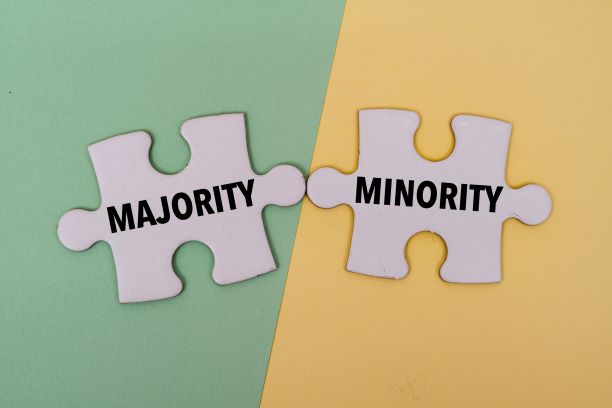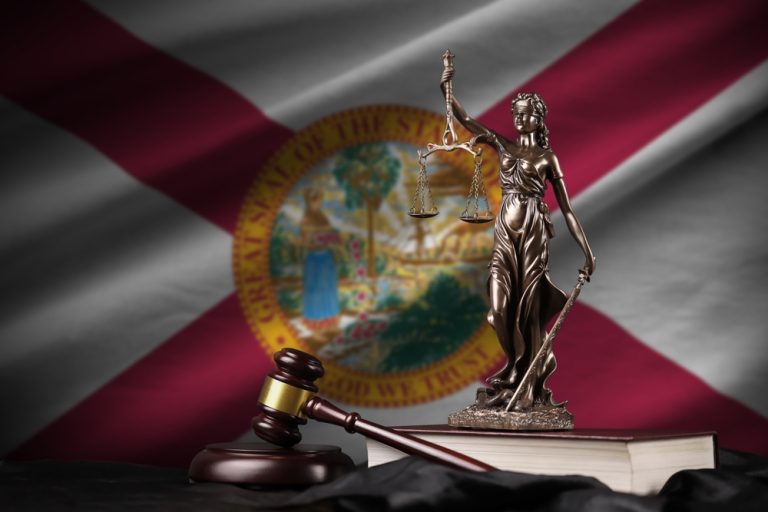U.S. Supreme Court Denies Heightened Standard in “Reverse Discrimination” Claims
U.S. Supreme Court Denies Heightened Standard in “Reverse Discrimination” Claims
A recent Supreme Court decision is reshaping how employers must think about workplace discrimination—confirming that all employees, majority or minority, are held to the same legal standard under Title VII. This shift could spark a rise in reverse discrimination claims and signals a critical change for organizations previously relying on a higher bar for such cases.
On June 5, 2025, the U.S. Supreme Court issued a unanimous decision in Ames v. Ohio Department of Youth Services, striking down a judicially created rule that imposed a higher burden for members of a “majority group” under Title VII.
Marlene Ames, a heterosexual woman, sued her employer for discrimination based on her sexual orientation. Ames, who had worked for the Ohio Department of Youth Services since 2004, applied for a newly created management position within the agency. During the interview process, the agency interviewed Ames but ultimately hired a different candidate, a lesbian woman. Ames was then demoted from her position as program administrator to a secretarial role. The agency subsequently hired a gay man to fill Ames’ former role. Based on these events, Ames filed suit under Title VII, alleging that she was denied the promotion and demoted because of her sexual orientation.
The district court granted summary judgment in favor of the agency under the McDonnell Douglas Corp v. Green, 411 U.S. 792 (1973) framework, which requires a plaintiff to make a prima facie showing that an employer acted with a discriminatory motive.
Ames appealed, but the Sixth Circuit Court of Appeals affirmed the lower court’s decision. The appellate court concluded that Ames failed to establish “background circumstances” suggesting that the agency was an unusual employer that discriminates against majority-group members. In other words, she had not shown a pattern of discrimination against heterosexual employees.
The Sixth Circuit, along with four other circuits, had applied this “background circumstances” requirement to reverse discrimination claims, effectively imposing a heightened burden on majority-group plaintiffs. The U.S. Supreme Court disagreed, however, holding that Title VII protects individuals, not groups.
Specifically, the Court stated that the “background circumstances” requirement is incompatible with the plain text of Title VII. It is improper to impose a heightened burden on plaintiffs based solely on their membership in a majority group. While Title VII prohibits discrimination based on race, color, religion, sex, or national origin, it does not distinguish between majority and minority groups.
The Supreme Court vacated the judgment and remanded the case for application of the “proper” prima facie standard. This does not mean that Ames won the lawsuit, it simply means the lower courts applied the wrong standard in deciding Ames’ burden of proof.
In a concurring opinion, Justice Thomas criticized the “background circumstances” rule noting that judge-made doctrines that deviate from statutory text impose unnecessary burdens on litigants and cause confusion in the courts.
Why is this case important to employers?
In sum, Ames confirms that the legal standard for bringing a Title VII discrimination claim is the same regardless of whether the employee is part of a majority or minority group. Several federal circuits have imposed a heightened burden on majority-group plaintiffs, which the U.S. Supreme Court has now rejected. While Ames does not change the basic legal framework for Title VII cases, it may open the door for an increase in reverse discrimination claims in jurisdictions that previously upheld the heightened standard.
This is especially true as the current administration continues to focus on diversity, equity, and inclusion (DEI) initiatives throughout the private sector and federal government. In reaffirming Title VII’s prohibition of discrimination against “any individual” based on race, color, religion, sex or national origin, Ames provides insight as to what might be considered “illegal DEI.”The ruling is also significant because of the Supreme Court’s decision in 2024 in Muldrow v. City of St. Louis, 601 U.S. 346 (2024), which held that a plaintiff need only show “some harm” when claiming discrimination under Title VII. The decision in Muldrow lowered the threshold and effectively made it easier for employees to bring discrimination claims against employers.
In light of Ames and Muldrow, employment decisions and DEI programs may create potential legal exposure if they result in disadvantages to employees based on protected characteristics. Employers should seek legal counsel when making employment decisions and formulating policies and procedures that could run afoul of the holdings of these cases.







